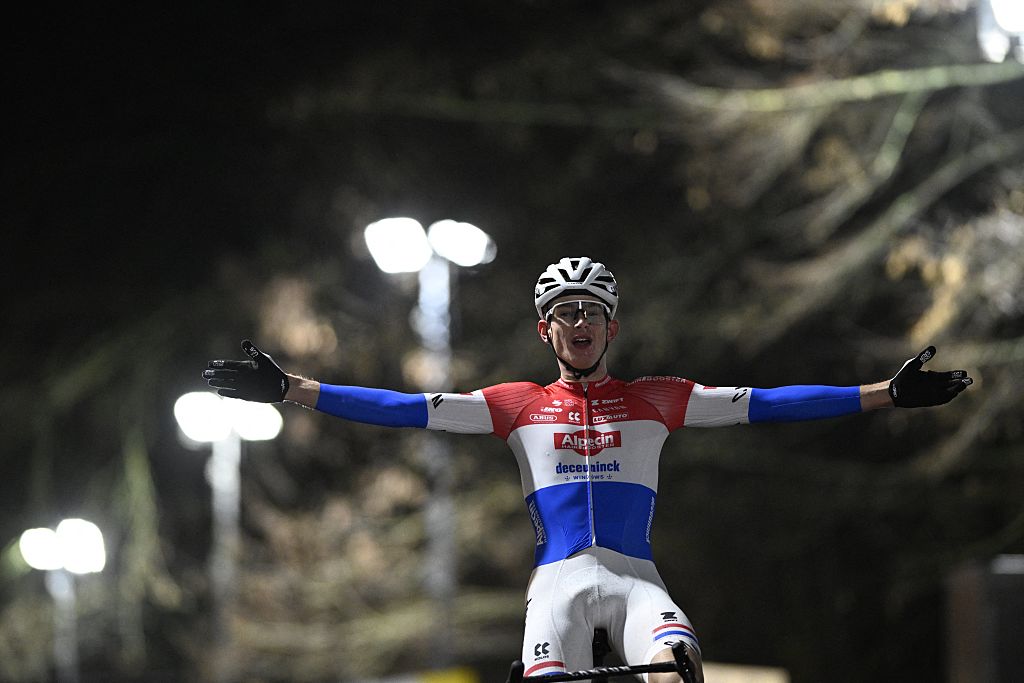Is Monday's summit finish the Vuelta a Espana's steepest ever?
13.8% climb to Ezaro first of 10 summit finishes
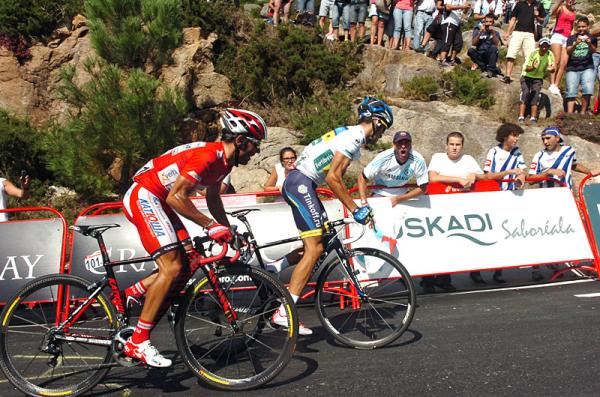
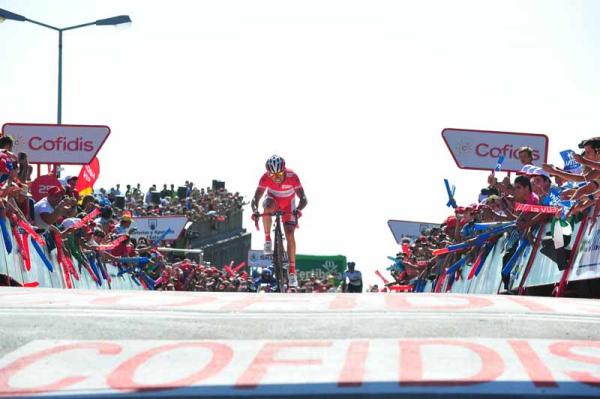
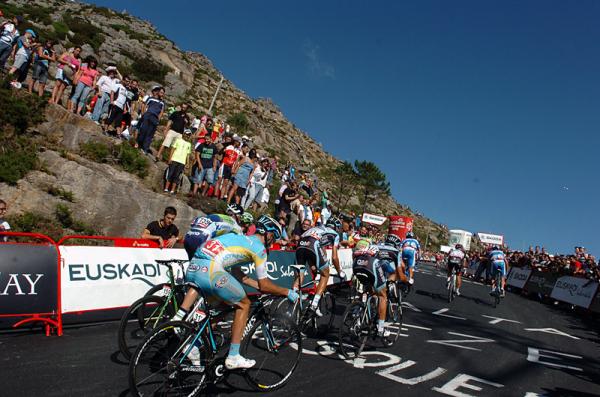
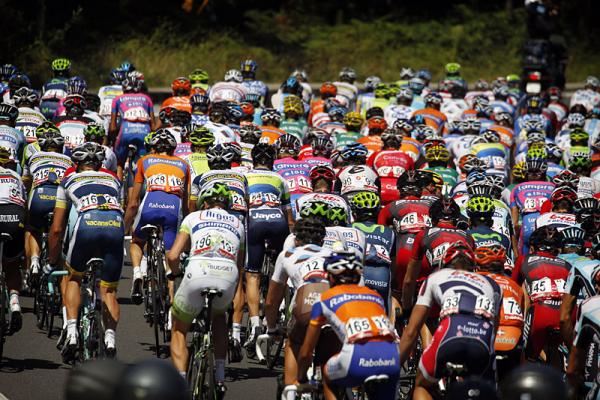
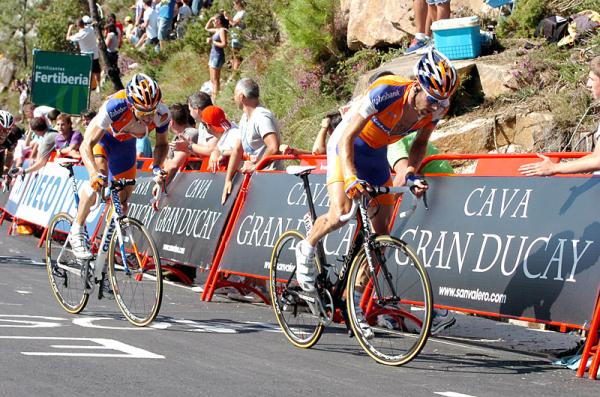
Monday's stage three of the Vuelta a Espana finishes on the Mirador de Ezaro summit finish, rated by some as one of the steepest climbs ever in the history of the Vuelta, with segments of 30 percent - even harder than anything the much-feared Angliru can offer - and averaging 13.8 percent.
Valverde plays down overall chances at Vuelta a Espana
Brailsford: Team time trial victory an ideal start for Froome at the Vuelta a Espana
Meersman wins Vuelta's second stage
Vuelta a Espana stage 2 highlights - Video
Vuelta a Espana: Kwiatkowski leads Grand Tour for first time
Vuelta a Espana: No time loss for Alberto Contador on stage 2
The good news for the peloton is that the final climb and first of the Vuelta's 10 summit finishes is just 1.8 kilometres long, with riders usually taking between seven and eight minutes to climb it. The bad news, apart from the Ezaro itself, is the very hilly terrain that features the 176.4 kilometre stage 3, with nearly 3,000 metres of vertical climbing. Almost all of the real climbing is packed into the last 60 kilometres, too, with a third category and a second category ascent featuring on Galicia's constantly undulating roads prior to Ezaro.
The Vuelta reached the same summit for the first time in 2012, with the stage won by - who else? - uphill finish specialist Joaquim Rodriguez, extending his overall lead ahead of Alberto Contador, Alejandro Valverde and Robert Gesink. Chris Froome, fifth - like all of the top finishers barring the recently retired Rodriguez in this year's race - was dropped early on and lost 23 seconds on the ascent to 'Purito'.
Ezaro formed part of the Vuelta route again in 2013, on a first week stage finishing on the coast in Fisterre, but was too far from the end of the stage to have much impact overall. (For the record that stage was won by Dani Moreno, whilst a certain Vincenzo Nibali was in his team bus and en route to his hotel when he learned he taken over the lead from US rider Chris Horner, boxed in in the final sprint for the line, and had to whizz back at top speed in a race organisation vehicle to take part in the post-stage ceremonies.)
Back in 2012, Galician former pro Ezequiel Mosquera recounted to the Faro de Vigo newspaper that "This climb has a segment of 300 metres which is more than tough, it's impossible." Mosquera recounted that the first riders to tackle the climb was a local club, the CC Noia in the early 1990s, using a 39x23 gear. However "most of them went up on foot - on foot and backwards, because it was impossible to go up walking forwards!"
- Contador loses early ground in Vuelta a Espana team time trial
- Froome delighted with strong start for Team Sky in Vuelta a Espana
- Vuelta a Espana stage 2 highlights - Video
"If you drive up it, stay in first gear all the way," the owner of the hotel where Cyclingnews is staying sternly warns, and, indeed, from the moment the route swings left onto the climb proper near a massive dam and power station, the gradient instantly stiffens to around 15 percent. Passing a gradient sign saying '30 percent' warns of what is in store. Other signs, too, state that any heavy vehicles are categorically banned from driving either up or down the slope.
The latest race content, interviews, features, reviews and expert buying guides, direct to your inbox!
The road surface, barring the steepest mid-way segment, which is a kind of rough, dusty cement, is good, the road width roughly a vehicle-and-a-half wide. Although there are no houses to block any wind - the village of Ezaro lies at the foot of the climb - the gradient is so steep that it is almost irrelevant.
With the Atlantic quickly glittering far below, the road continues to wind up the side of the hill. Although fairly steady for most of the first section and with only five sharp bends on the entire climb, there are no false flats whatsoever to break the constant, back-breakingly tough ascent. How anybody can attack on such climbs almost beggars belief.
Then the hardest section of all approaches, with the switch from tarmac to cement acting as a warning to the riders. A kind of gentle chicane with one sharper bend, this is the equivalent of the crucial 'S' bend on the Mur de Huy ascent in the Fleche Wallonne - but probably harder.
Afterwards, with less than half the climb to go, the road switches back to tarmac and takes a longer swing right, straightening out for the final drag up to the finish. It was at this point that Rodriguez countered a move by Contador to go clear about 250 metres from the summit. But with no Purito in this year race, it will be intriguing to see who, if anybody, can manage to make a similar move.
The road broadens out a little more and, finally swings left a little past a restaurant, and then reaches the upper side of the Ezaro dam at the summit. Behind the riders as they cross the line is another '30 percent' sign to remind them of what they have just tackled and, should they turn round, there's also what is touted by the tourist guides as one of the best views in Galicia. Whether the Vuelta's riders will have the energy to do that, though, is another story.
Differences are not likely to be huge, given that less than 30 seconds separated the top five last year. But it's worth noting that the top three in Ezaro were the top three finishers in Madrid two weeks later, too - and this year, the Galician summit finish could well provide vital clues towards the shape of the rest of the Vuelta
Alasdair Fotheringham has been reporting on cycling since 1991. He has covered every Tour de France since 1992 bar one, as well as numerous other bike races of all shapes and sizes, ranging from the Olympic Games in 2008 to the now sadly defunct Subida a Urkiola hill climb in Spain. As well as working for Cyclingnews, he has also written for The Independent, The Guardian, ProCycling, The Express and Reuters.

